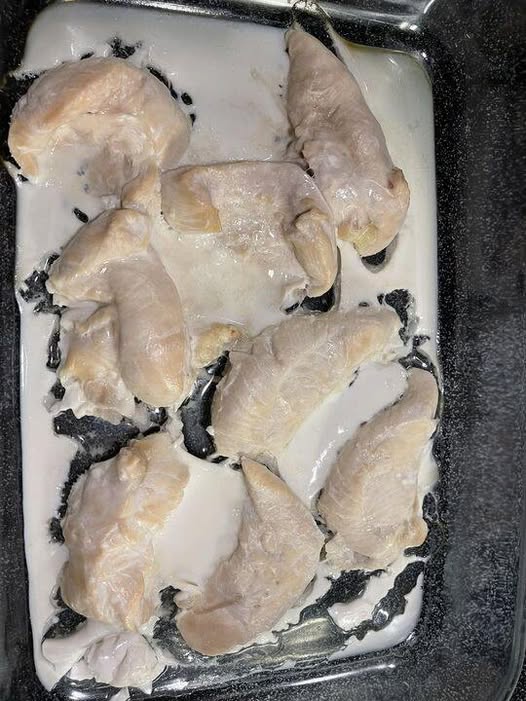You might notice a strange white substance oozing from your chicken breast after baking or roasting it. While it may look unappetizing, this occurrence is common and not a sign that anything has gone wrong. Even professional chefs encounter it, and it doesn’t mean your chicken is undercooked or spoiled. It’s simply a natural part of the cooking process.
The white goo is made of water and protein pushed out of the chicken due to heat. Chicken breasts are especially prone to this because they are high in protein and low in fat. When heated, proteins denature—changing structure—and release water. This results in a clumpy, slightly sticky white residue that may appear on or around the meat.
Certain conditions make this more likely. Skinless, boneless breasts, especially when cooked at high temperatures, tend to release more of this substance. Cooking frozen chicken that hasn’t fully thawed can also contribute. Ice crystals can damage muscle fibers, which then release additional protein and moisture when heated.
Despite appearances, this white goo is completely safe to eat. It’s just cooked protein and water. The only real concern is if raw chicken smells bad, feels slimy, or looks gray—signs it has gone bad. Otherwise, the goo doesn’t affect flavor or safety and can be eaten without worry.
To reduce the goo, there are a few simple techniques. Cooking chicken at lower temperatures helps minimize the protein reaction. Brining can improve moisture retention, and searing before baking can lock in juices. Allowing the meat to reach room temperature before cooking also helps reduce moisture loss.
Ultimately, the white substance is harmless and normal. While not visually appealing, it’s just a natural part of cooking lean cuts like chicken breast. Your dish remains safe, tasty, and totally under control.

Leave a Reply